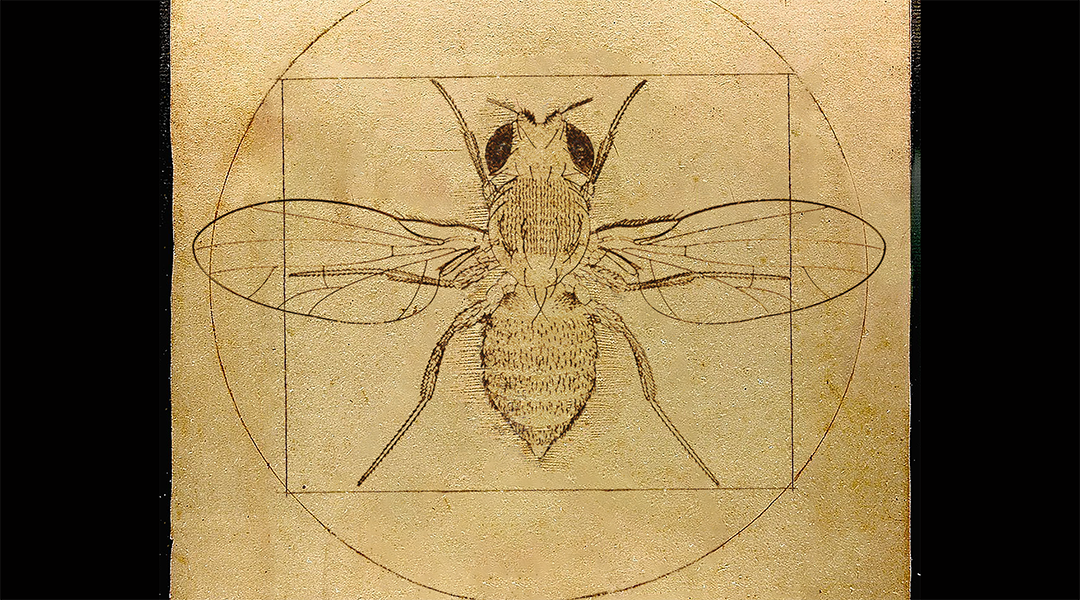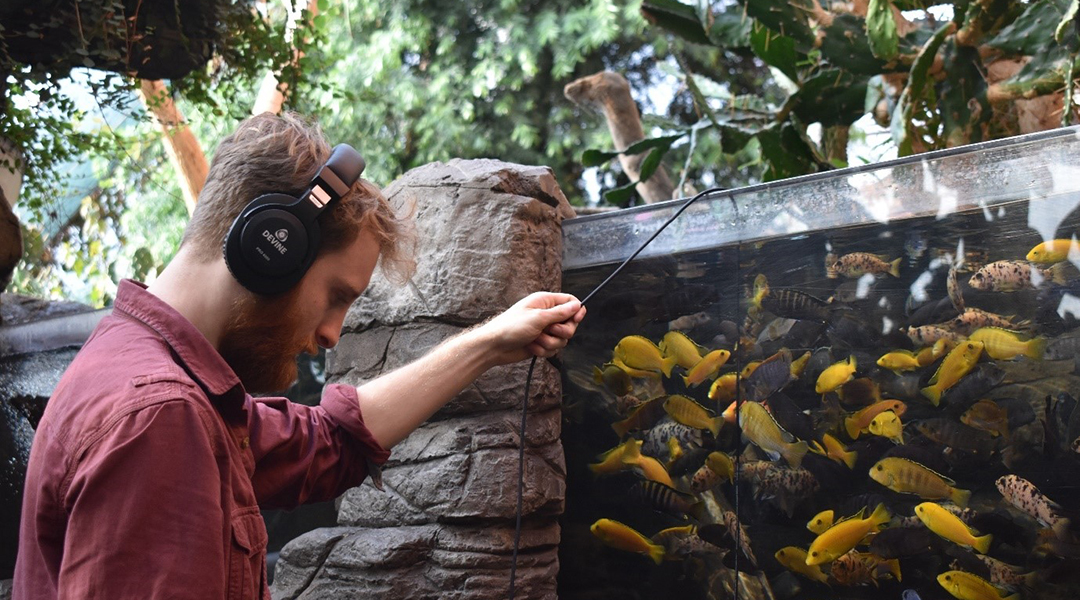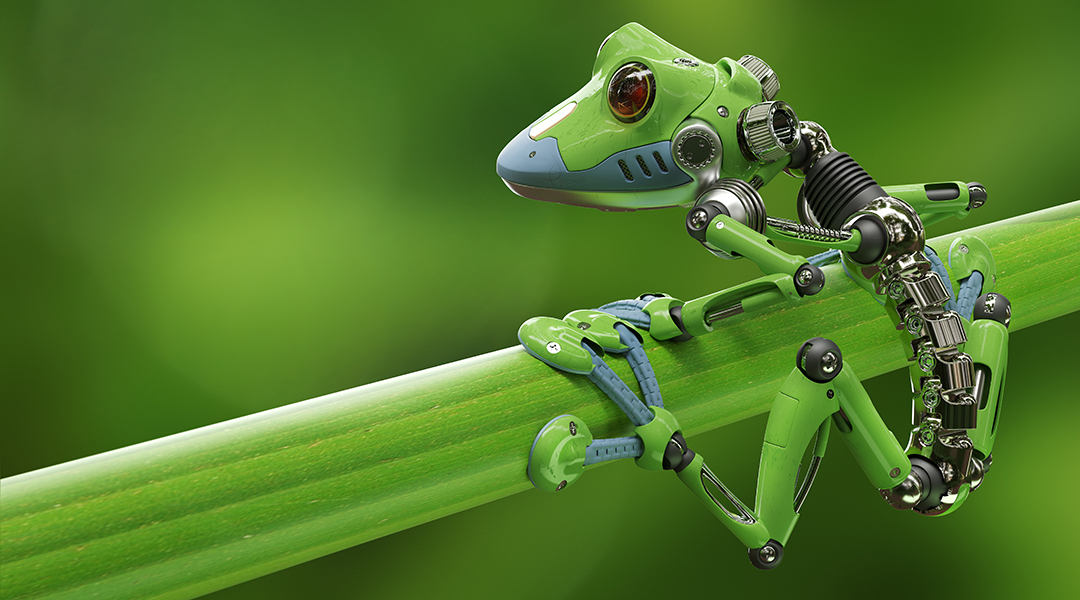New research is uncovering the importance of small predatory species in shaping ecosystems and managing threatened populations.


New research is uncovering the importance of small predatory species in shaping ecosystems and managing threatened populations.

While studying asteroid Bennu up close, NASA’s OSIRIS-REx spacecraft witnessed periodic outbursts of material being kicked up from the surface; a dedicated observation campaign revealed details of the activity.

Understanding the mechanisms that regulate coordinated growth in the body and the remarkable parallels between species allows scientists to create a universal model for morphological scaling.

Millimeter-scale robots were shown to mimic the movement and behavior of living insects for advanced materials science, biological, and biomedical applications.

A team of researchers from the Universities of Surrey and Sussex develop mechanochromic and thermochromic sensors based on graphene infused polymer opals.

Using a micro-3D-printing technique, researchers were able to print detailed robotic parts that are smaller than the diameter of a human hair and display color-expressing features for microrobot tracking and identification.

Freshwater ecologists are becoming interested in noninvasive surveying techniques, such as ecoacoustics, to gather crucial data and plan conservation efforts.

Tiny ‘xenobots’ assembled from cells promise advances from drug delivery to toxic waste clean-up.

Titanium dioxide nanostructures and bio-inspired intelligent surfaces with special wettability: meet Prof. Yuekun Lai.

In “The Substance of Climate,” the author seeks to assess literature that helps bridge the conceptual gap, bringing immediate personal experiences of climate into focus.